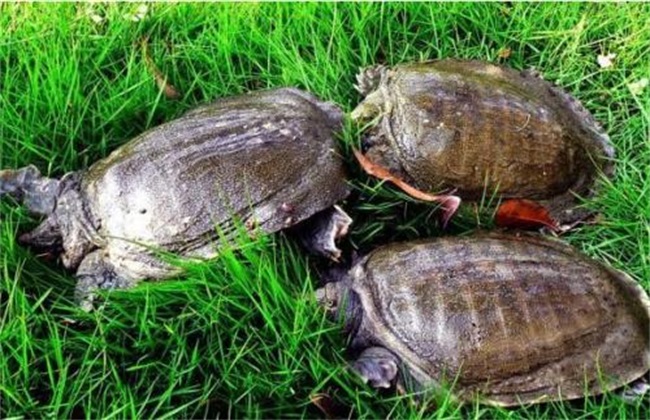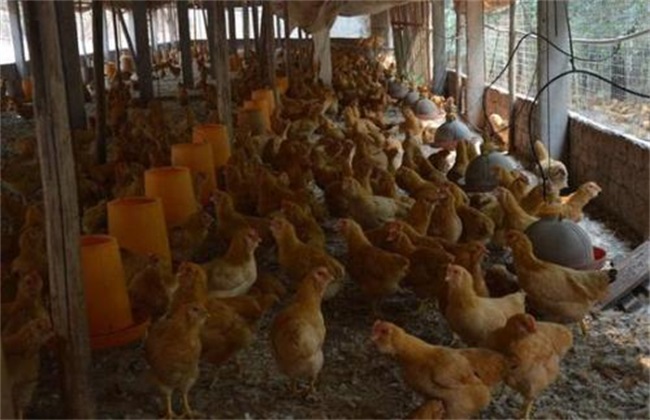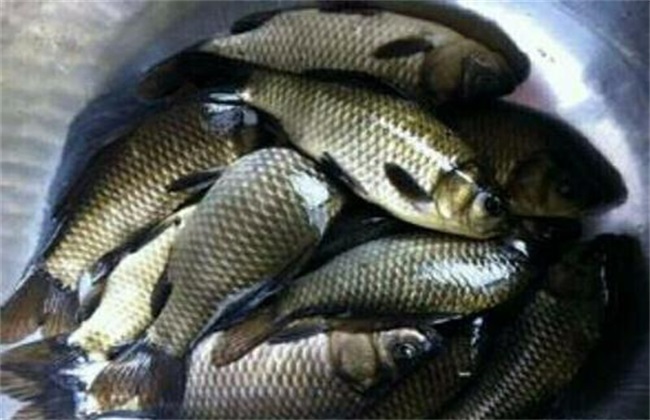Environmental requirements for soft-shelled turtle culture
The soft-shelled turtle itself is a kind of tenacious creature. in daily life, we all think that the life span of the soft-shelled turtle is very long. as a result, many farmers feel that the soft-shelled turtle can be raised casually, but they are afraid that it is not easy to sell. Only people who have raised soft-shelled turtles know that soft-shelled turtles are really picky about the environment. In slightly worse places, all kinds of problems have come out. Let's take a look at some of the needs of soft-shelled turtles for the environment. Lest you think the whole thing is too simple when you want to breed it.

1. Water quality
Soft-shelled turtles like water, most of the time is also in the water, the quality of the source of water throughout the whole culture process of soft-shelled turtle, the requirements for water quality is naturally relatively high. At present, the water in some places is actually not particularly clean, and there will be a little pollution. Such water will also have an impact on turtle culture. However, within the scope of everyone's bearing, the water quality must be good and the dissolved oxygen must be high. After entering the culture pond, it is necessary to let it circulate and replace the stagnant water, at least to meet the national freshwater culture standards of water quality, so that the water source can be considered qualified.
2. Clean and noise-free
The hygiene and quiet of the breeding ground also play a great role. The soft-shelled turtle has three fears of "cold, hot and noisy", which fully highlights the harm of noise to the soft-shelled turtle. The normal cultured soft-shelled turtle is very timid, and the short-term noise stimulation will make it panic for a long time, affecting the culture effect. If the noise is more frequent, then the income of the culture is basically very poor. In terms of hygiene, it is because the soft-shelled turtle has poor resistance to some diseases, and it is easy to deteriorate in the waters where it lives, so it is good for the soft-shelled turtle to live in such an environment.
3. Rich in site resources.
If the soft-shelled turtle is fed artificially, then the growth rate of the soft-shelled turtle is extremely slow. The main food source of the soft-shelled turtle is artificial feeding, but the second is the richness of resources in the living waters. If there are basically no resources for the soft-shelled turtle to eat in the breeding ground, the growth of the soft-shelled turtle will fall into a bottleneck area and grow slowly. So now the culture of soft-shelled turtle will generally give it mixed culture of some other aquatic organisms, one is to feed the soft-shelled turtle to provide food to make it grow faster, and the other is to balance the water ecological cycle of the culture site to make the culture more efficient.
4. Suitable temperature
Not to mention the importance of temperature, two of the three soft-shelled turtles are all about temperature, whether the dormancy, feeding, digestion and reproduction of soft-shelled turtles are closely related to temperature, so no matter at which stage the soft-shelled turtle needs to pay attention to temperature. About 25-30 ℃ is the most ideal for eating, 22-34 ℃ can reproduce normally, and daily life is about 30 ℃. These approximate temperature ranges should be kept in mind that this is its demand for ambient temperature. Soft-shelled turtles generally pursue constant temperature, so we must have certain heat preservation measures.
These are some of the needs of the soft-shelled turtle for the growth environment, and those who do not know much about this can learn to make their own breeding efficiency better. Pay more attention to the problems you can pay attention to us, aquaculture needs to know more.
Related
- On the eggshell is a badge full of pride. British Poultry Egg Market and Consumer observation
- British study: 72% of Britons are willing to buy native eggs raised by insects
- Guidelines for friendly egg production revised the increase of space in chicken sheds can not be forced to change feathers and lay eggs.
- Risk of delay in customs clearance Australia suspends lobster exports to China
- Pig semen-the Vector of virus Transmission (4)
- Pig semen-the Vector of virus Transmission (3)
- Five common causes of difficult control of classical swine fever in clinic and their countermeasures
- Foot-and-mouth disease is the most effective way to prevent it!
- PED is the number one killer of piglets and has to be guarded against in autumn and winter.
- What is "yellow fat pig"? Have you ever heard the pig collector talk about "yellow fat pig"?



